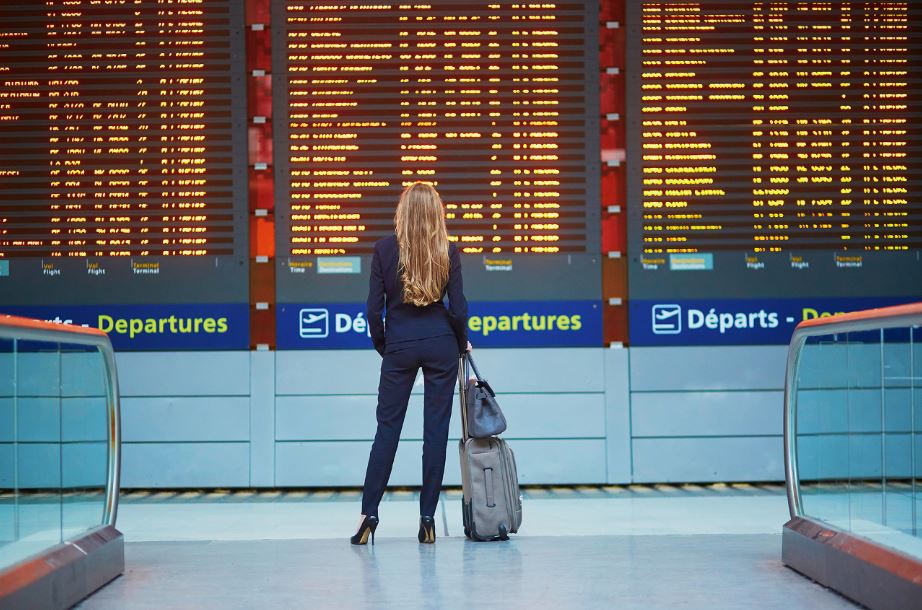Airlines need to be as diverse as the world they serve. The IATA Diversity and Inclusion Awards and its 25by2025 initiative support carriers and drive progress in this critical area.
Nominations are now open for IATA’s 2024 Diversity & Inclusion Awards in the familiar three categories:
- Inspirational Role Model
- High Flyer
- Diversity & Inclusion Team
Nominations close on 17 April 2024 with the winners announced at the IATA Annual General Meeting in early June in Dubai. The judging panel will be chaired by Karen Walker, Editor in Chief of Air Transport World with the panel comprising 2023’s winners.
“The awards have been extremely important and provide a platform for promoting change, sharing stories, and advancing best practice,” says Jane Hoskisson, IATA’s Director, Talent, Learning, Engagement and Diversity. “They cover every effort that is being made in diversity and inclusion, from grass roots to big corporates.
“Aviation is lucky in that it has people who go above and beyond every day to make a difference in diversity,” she adds. “They want change and have a passion to make careers accessible that were not accessible before.”
Committed to diversity
One of those people was Christopher Luxon, then the Air New Zealand CEO, now the Prime Minister of New Zealand. After winning the inaugural Diversity & Inclusion Team award in 2019, Luxon laid down the challenge for IATA to address gender imbalance and inclusion issues that ultimately resulted in the 25by2025 initiative.
Created by Hoskisson, 25by2025 has gone from strength to strength. In 2019, there were 59 signatories, but the total now stands at 209 with airlines still signing up even though the program will finish at the end of 2025.
“They keep signing because it shows their commitment,” says Hoskisson. “It is a mechanism to tell their workforce and the wider community that they do want to make needed changes, improve diversity and inclusion, and achieve this target.”
Signatories benefit from quarterly calls and a LinkedIn group while best practice guidance is available to all. IATA has also launched a self-assessment survey that allows respondents to judge their level of maturity and inform how they can improve ins specific areas.
The impact of IATA’s 25by2025 initiative can be seen in the numbers. From 19% in 2019, the percentage of women in senior management has grown to 28%. As of the first quarter 2024, there are 28 female CEOs among IATA member airlines, all of whom have their own story to tell.
Mitsuko Tottori, the incoming President of Japan Airlines, began her career as cabin crew. Dorothea von Boxberg, CEO of Brussels Airlines was previously at the helm of Lufthansa Cargo, a clear example of the Lufthansa Group’s efforts in this area.
And there are some great examples of countries or airlines pursuing successful diversity initiatives too. India, for example, is doing well in terms of female pilots with more than twice the industry average—11% versus 5%. The aim is to understand what is working and how that can be transferred to other countries and regions.
“We must ask the right questions about culture and education and find out what barriers we must take away,” suggests Hoskisson.
Royal Air Maroc, meanwhile, took a decision eight years ago to employ more female engineers and worked with local universities to make that a reality. Female engineers at the airline have gone from 0% to 8% and that will continue to grow thanks to an excellent pipeline of talent.
And Icelandair has shown that diversity works both ways. It has a goal to increase the male percentage of cabin crew to 15%.
Better business outcomes
Ultimately, says Hoskisson, diversity is not just the right thing to do, it delivers better business outcomes. Companies that have advanced strategies in this area continually report better financial results, an improved customer service, and a more productive culture—all from embracing more diverse perspectives.
For airlines, the work that needs to be done depends very much on context. What works in Asia may not work in Latin America and what works in an airline may not work for a ground handler. So, it is important to understand context and adapt best practice to individual circumstances.
“But the common denominator is that nothing happens without support from the leadership,” Hoskisson stresses. “To benefit from diversity, you must see the value in it and generate the right culture. That will get you the right results.”
Having recognized diversity and inclusion policies does accelerate the process. Employing a female or minority in a key position creates a role model, for example, and a visible sign of inclusion that naturally encourages a more diverse applicant base for similar future jobs.
For Hoskisson, 25by2025 is not the end but rather the end of the beginning. There are, however, no plans for 35by2035 or to target a 50-50 gender split across all aviation departments. Rather, Hoskisson hopes that diversity metrics will become fully integrated into business reporting and the cultural DNA of airlines as part of their approach to people sustainability.
“The awards and 25by2025 are about opening a door,” Hoskisson summarizes. “Diversity is about sustainability in people long into the future. That doesn’t mean positive discrimination, it means ensuring representation and inclusion. We want to make sure nobody is unfairly disadvantaged, and that everybody has equal access to aviation jobs.”



